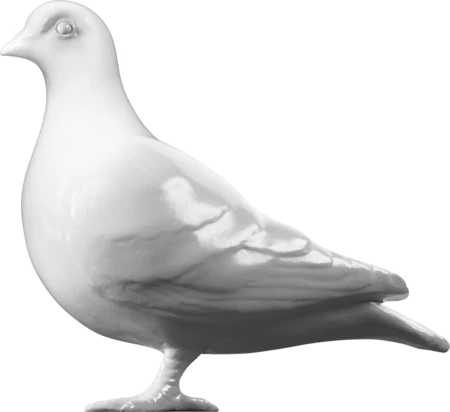Fashion — 1746-1770
Dress
White silk dress, embroidered with naturalistic flowers in various colours.
Description: cream silk tabby woven with self-colour floral & trellis design over which is brocaded polychrome naturalistic floral sprays in pinks, yellows, blues, greens; dress with open front skirt; front bodice edges meet; en fourreau back; elbow length sleeves; low, rounded front neckline, higher squared back neckline; cord loops inside dress and buttons on outside of dress at back waistline for polonaise-ing; neckline is trimmed with two rows of narrow dark green silk fringe; bodice and sleeves lined with cream linen; pocket slits.
Materials: silk; linen.
Construction Details: bodice side back seam is lapped and stab stitched on the silk layer, lapped and fell stitched on the lining layer; centre back seam is backstitched on both silk and lining layers (not together); bodice back pleats are stab stitched to lining; bodice perimeter edges are finished by turning silk & lining fabric edges in towards each other and fell stitching from the lining side – except for the back neckline which is bound with a yoke piece; sleeve seams are lapped and stab stitched through all layers, which are worked as one; the sleeves are set into the underarms with backstitch, a shoulder band is applied over the pleated sleeve heads and stab stitched from the outside of the dress; bottom edges of sleeves are finished similarly to bodice perimeter edges, only slip stitched instead; bodice is mounted to skirt with lapped and fell stitched seam, both on silk and lining layers; skirt panels are primarily joined at selvedges with running stitch, near the waist is a significant amount of piecing; skirt fullness is concentrated towards the back of the dress and is taken up with narrow, closely spaced knife pleats the face towards the sides, these are held in place on the inside of the dress with two rows of catch stitches approx 1 ½” and 2 ½” from the waist seam; pocket slits are cut into the dress, the edges are double folded to narrow hems of approx 1/8” and fell stitched; skirt front edges are selvedges folded under to approx 1/8” and sewn with running stitches; skirt was hemmed by turning up raw edge and sewing with small running stitches (most of the stitching is now gone).
Alteration Notes: hem of skirt front edges appears to have been let down, with the bottom edge left raw (probably not a contemporary action); the amount of piecing at the top of the skirt suggests this dress may have been new-made from and older garment, the fabric is certainly much older than 1770s; the side back seams of the bodice lining appear to have been let out, however there are no corresponding indications on the silk – could the bodice lining have been re-used from another garment? No other obvious signs of alteration.
- Category:
- Fashion
- Object ID:
- NN8192
- Object name:
- dress
- Object type:
- Artist/Maker:
- —
- Related people:
- Related events:
- Related places:
- Production date:
- 1746-1770
- Material:
silk, linen
- Measurements/duration:
- L 1470 mm (overall), W 400 mm (armpit to armpit), C 820 mm (waist), W 1820 mm (skirt, full extent) (overall)
- Part of:
- —
- On display:
- —
- Record quality:
- 40%
- Part of this object:
- —
- Owner Status & Credit:
Permanent collection
- Copyright holder:
digital image © London Museum
- Image credit:
- —
- Creative commons usage:
- CC BY-NC 4.0
- License this image:
To license this image for commercial use, please contact the London Museum Picture Library.
Download image file
You are welcome to download and use this image for free under Creative Commons Licence CC BY-NC 4.0.
Credit: London Museum
To licence this image for commercial use please contact the London Museum Picture Library

Download image file
You are welcome to download and use this image for free under Creative Commons Licence CC BY-NC 4.0.
Credit: London Museum
To licence this image for commercial use please contact the London Museum Picture Library


